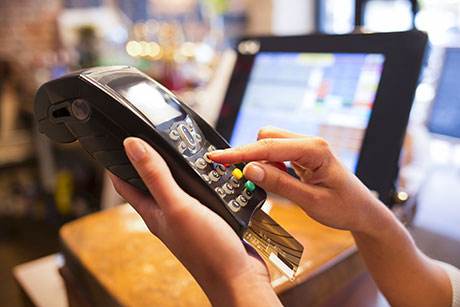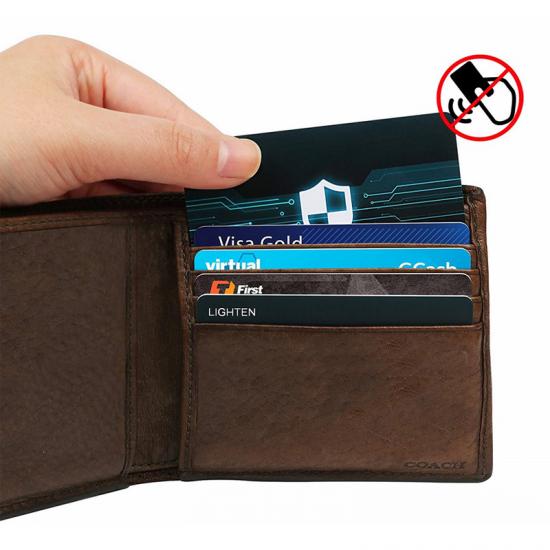How To Identify Your RFID Card Type ?
RFID (Radio Frequency Identification) is a technology that uses radio waves to read and capture data stored on a tag or a card. RFID cards are widely used in various applications, such as access control, payment, inventory management, etc,. But how can you tell what type of RFID card you have? And why does it matter?

Different types of RFID cards operate at different frequencies, which determine their range, speed, and compatibility with readers. Knowing your RFID card type can help you choose the right reader for your system, troubleshoot any issues, and protect your card from unauthorized scanning.
There are three main types of RFID cards: low-frequency (LF), high-frequency (HF), and ultra-high frequency (UHF). Here are some ways to identify them:
• Look for physical markings or logos. Some RFID cards have visible markings or logos that indicate the card manufacturer, card format, frequency, or other information. For example, HID, a leading
RFID card provider, has a logo and a model number on the front of their cards. You can use this information to look up the card specifications online or contact the card issuer for more details.
• Use an
RFID card detector app. There are some apps that can detect the frequency and type of RFID cards using your smartphone's NFC (Near Field Communication) feature. NFC is a subset of RFID that operates at 13.56 MHz, which is the same frequency as most HF cards. Therefore, NFC-enabled smartphones can read HF cards, but not LF or UHF cards. Some examples of RFID card detector apps are NFC Tools, RFID Tag Finder, and NFC TagInfo.
• Use a multi-frequency RFID reader. If you have access to a multi-frequency RFID reader, you can use it to scan your card and see what frequency it responds to. A multi-frequency RFID reader can read cards that operate at LF, HF, and UHF frequencies. Some examples of multi-frequency RFID readers are Proxmark3, Chafon CF-RU5106, and Identix rPad.
Knowing your
RFID card type can help you optimize your RFID system and avoid compatibility issues. It can also help you protect your card from unwanted scanning by using the appropriate RFID-blocking solution. For example, if you have an HF card, you can use an RFID-blocking wallet or sleeve to prevent skimming. However, if you have an LF or UHF card, you may need a different RFID-blocking solution, such as the BloxProx badge holder from ID Stronghold, which can block both LF and HF frequencies.

RFID cards are a convenient and versatile technology that can enhance your security, efficiency, and productivity. By following the tips above, you can easily identify your RFID card type and make the most of it.
